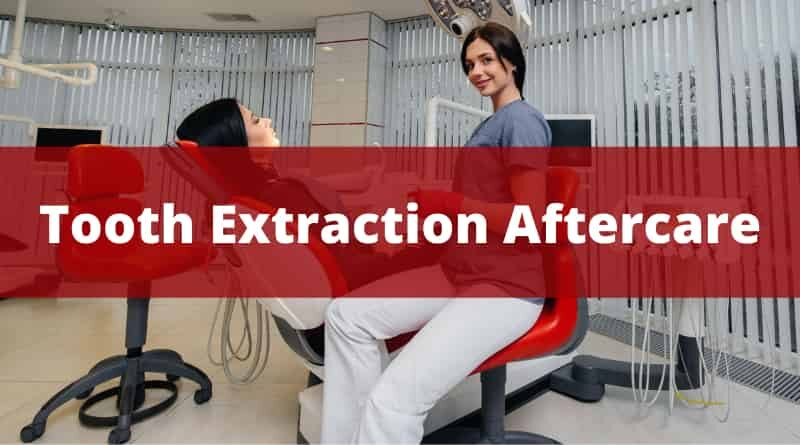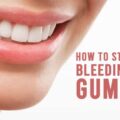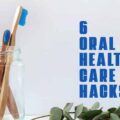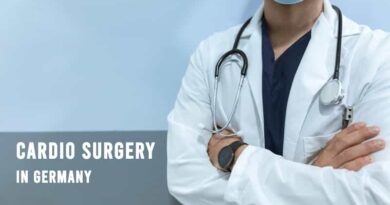Tooth Extraction Aftercare: All You Need to Know
Not all people are big fans of going to the dentist. Sometimes, visits can be uncomfortable, but it’s essential to remember that good dental care is imperative. One of the things that make us uncomfortable to even think about is tooth removal. No matter how scary it may seem, tooth removal is pain-free because it’s done under anesthesia. Removal can be necessary for many reasons, including tooth decay, impacted wisdom tooth, crowding, etc. In case of impaction, expect your orthodontist to perform wisdom teeth surgery.
Once you’ve bravely gone through any kind of tooth removal, you need to think about dental extraction aftercare. Tooth extraction healing time will depend on how you take care of the extraction site. There are some guidelines you should follow, and they’re quite simple.
All you need to do is follow your orthodontist’s instructions closely. However, sometimes those instructions can be vague. That’s why we’re going in-depth in explaining what needs to be done so that you don’t make any mistakes during different tooth extraction healing stages.
Table of Contents
Tooth Extraction Aftercare Guide: Tips and Tricks
The healing process begins as soon as the dentist extracts your tooth. Your orthodontist will prescribe you some pain medication and give you instructions. Those instructions include eating soft foods, using an ice pack for swelling, biting down on the gauze pad, etc. Since all of that can be pretty vague or general, and not everyone is going to ask questions, let’s explain these aftercare tips in more detail:
- Biting down on the gauze pad for 30 minutes after the extraction helps absorb and stop the bleeding.
- Swelling is completely normal, and while chipmunk cheeks are adorable, you don’t want to let them get out of hand. Apply an ice pack for ten minutes at a time to reduce swelling. Don’t expect it to go down immediately. It will take several days.
- Relax and limit activity in the first 24 hours.
- Do NOT drink from a straw or rinse your mouth. A blood clot forms in your tooth socket, and it’s imperative not to dislodge it. If that happens, it’s not a big deal, but it will slow down the healing process.
- Brush your teeth and floss as usual, but avoid the extraction site as best as you can. Keeping up with your dental hygiene is especially important during the healing process.
- Don’t smoke or drink alcohol. Smoking will slow down the healing, and alcohol won’t mix well with pain medication.
- Eat soft foods like yogurt, ice cream, jello, etc.
The same rules apply to wisdom tooth extraction aftercare. However, you want to be even more careful if you have stitches after surgery. Go back to your dentist’s office for a check-up and to remove the stitches or ensure the healing process went as it should have.
Read: How to Get a Celebrity Smile
When to Go Back to Your Dentist
Unfortunately, the healing process won’t go smoothly for everyone. While it’s normal to experience minor bleeding, swelling, and pain, there can be complications. Not everything is a cause for concern, but you should contact or visit your dentist if you:
- Have a fever or chills, which are a sign of infection
- Experience vomiting or general nausea
- Notice excessive redness, swelling, bleeding, or discharge from the extraction site
- Start having chest pains, shortness of breath, or unusual coughing
Additionally, tooth extraction can sometimes make your teeth move, causing misalignment. In that case, your dentist will recommend several options, including implants. It’s also normal to be unable to open your mouth fully for up to a week after extraction. If that feeling and tightness persist even after one week, be sure to talk to your dentist.
Lastly, you can always go back to the office to voice any concerns, ask additional questions, or request further explanations. It’s important not to stress about every little thing because not every tooth extraction or healing process is the same.
Read: Dental Implants Vs Dentures
What to Eat and What to Avoid
During the healing process, having a balanced diet is essential. Nourishing your body with all the necessary nutrients is imperative for a speedy recovery. However, you can’t just eat everything. We already know that soft foods are your go-to after a wisdom teeth removal, for example, but everyone has a different definition of what soft foods are.
Apart from ice cream and yogurt, your options include soup, soft-boiled veggies, pudding, applesauce, mashed potatoes, etc. All of these foods are the kind that you don’t have to chew, so it gives you an idea of the kind of foods to stick to.
It’s important to know what to avoid as well. Your food shouldn’t be too cold or too hot, and you should avoid acidic or spicy foods. You shouldn’t eat crunchy foods or any foods that need a lot of chewing. When it comes to ice cream, eat only soft serve. Avoid crunchy bits and ice cream cones. Basically, ensure your food is lukewarm and easy to swallow.
Lastly, pay attention to how you eat. Only eat on the opposite side of the extraction site. It’s tempting to use a straw because you’ll consume plenty of liquids, but avoid it at all costs. These rules might seem difficult to follow at first, but you’ll get used to them after a day or two.
Follow the Instructions for Speedy Recovery
So how long does a tooth extraction take to heal? That’s entirely up to you. If you follow the instructions as best as you can, you will speed up the healing process. However, following instructions blindly can make things harder for you, so try to understand why you’re doing what you’re doing first.
Keep in touch with your dentist if you need any additional information or care, and you’ll be back on track before you know it.







